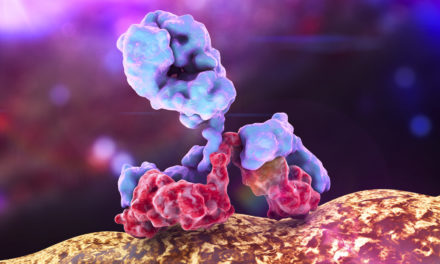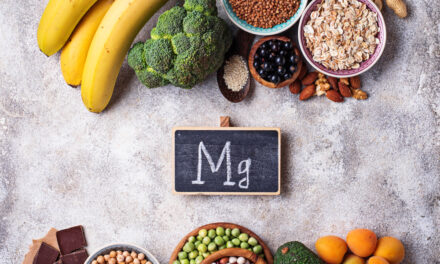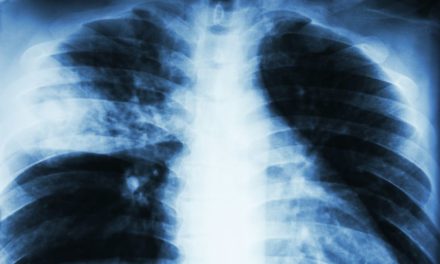TL;DR
-
Severe COVID is driven by excess inflammation and clotting.
-
Vitamin D helps the immune “brakes” (Tregs), and low vitamin D is linked to more inflammation, infections, and clot risk [2–9].
-
A research review found low vitamin D predicts worse COVID outcomes; levels >30 ng/mL relate to lower mortality, and some experts suggest aiming >50 ng/mL [12].
-
Testing and correcting low vitamin D is a simple, low-cost strategy to support immune balance—alongside vaccination and standard care.
- This inflammatory response can happen in any viral infection–not just COVID.
In bad COVID cases, the body’s immune system can overreact and create huge amounts of inflammation (“cytokine storm”). All viral infections can cause inflammation. That inflammation can damage lungs, heart, and blood vessels, and raise the risk of blood clots [1]. Anything that reduces runaway inflammation may keep people out of the hospital or ICU—and buy time for the body to build targeted immunity [1,2].
Vitamin D Helps Calm Harmful Inflammation
-
Vitamin D supports “brakes” on the immune system. It helps increase regulatory T cells (Tregs)—the cells that keep inflammation in check [4,5]. Lower Treg levels have been reported in COVID, especially in severe cases [2]. In general, more Tregs = fewer viral respiratory illnesses [3].
-
Low vitamin D is linked to more inflammation. Low levels are associated with higher inflammatory cytokines and a higher risk of pneumonia and viral upper-respiratory infections [6,7]. In healthy women, lower vitamin D correlated with higher TNF-alpha (an inflammation signal) [8].
-
Clotting risk: Severe COVID often shows elevated D-dimer (a clot marker). Vitamin D helps regulate clotting pathways, and deficiency is associated with more thrombotic events [9].
What recent researchers concluded
A German group reviewed studies that measured vitamin D before infection or at admission. Their conclusion: low vitamin D predicts worse COVID outcomes—it’s not just a side effect of being sick [12].
They also noted:
-
Mortality drops considerably above ~30 ng/mL.
-
They recommend raising 25(OH)D above ~50 ng/mL to help prevent or blunt outbreaks and to complement vaccination [12].
Who should consider testing
People with darker skin often have lower vitamin D levels (skin makes less vitamin D from sunlight). Testing may be especially useful in these groups [10,11].
Practical note: Work with your clinician to test 25(OH)D and decide on supplementation. This article is educational and not medical advice.
FAQ
What does vitamin D actually do for immunity?
It helps immune cells communicate and prevents over-reactions by boosting regulatory T cells (Tregs)—the “calm down” cells [4,5].
Is low vitamin D just because people are sick?
Evidence that measured vitamin D before infection suggests low levels come first and predict worse outcomes [12].
What blood level should I aim for?
Studies link <30 ng/mL with higher risk; some researchers recommend >50 ng/mL for protection [12]. Discuss targets and dosing with your clinician.
Who most needs testing?
Anyone with limited sun exposure, and especially people with darker skin, since they often have lower vitamin D levels [10,11].
Does vitamin D replace other care?
No. Think of it as support for healthy immune balance—used with standard prevention and treatment.
Footnotes
- Clin Med (Lond). 2020 Jul; 20(4): e107–e108. Does vitamin D deficiency increase the severity of COVID-19?
- J Clin Invest. 2020 May 1; 130(5):2620-2629. Clinical and immunological features of severe and moderate coronavirus disease 2019.
- Immune biomarkers predictive of respiratory viral infection in elderly nursing home residents. PLoS One. 2014; 9(9):e108481.
- The role of vitamin D in increasing circulating T regulatory cell numbers and modulating T regulatory cell phenotypes in patients with inflammatory disease or in healthy volunteers: A systematic review. PLoS One. 2019; 14(9):e0222313.
- High-dose cholecalciferol supplementation significantly increases peripheral CD4+ Tregs in healthy adults without negatively affecting the frequency of other immune cells. Eur J Nutrition 2014;53:751–9.
- Link between community-acquired pneumonia and vitamin D levels in older patients. Z Gerontol Geriatr. 2018 Jun; 51(4):435-439.
- Low serum 25-hydroxyvitamin D level and risk of upper respiratory tract infection in children and adolescents. Clin Infect Dis. 2013 Aug; 57(3):392-7.
- Serum tumor necrosis factor-alpha concentrations are negatively correlated with serum 25(OH)D concentrations in healthy women. J Inflamm (Lond). 2008 Jul 24; 5():10.
- Emerging Role of Vitamin D and its Associated Molecules in Pathways Related to Pathogenesis of Thrombosis. Biomolecules. 2019 Oct 24; 9(11)
- BMC Public Health. 2014; 14: 597
- Dermatology News · March 07, 2017
- Journals Nutrients Volume 13 Issue 10 3390/nu13103596 COVID-19 Mortality Risk Correlates Inversely with Vitamin D3 Status, and a Mortality Rate Close to Zero Could Theoretically Be Achieved at 50 ng/mL 25(OH)D3: Results of a Systematic Review and Meta-Analysis








